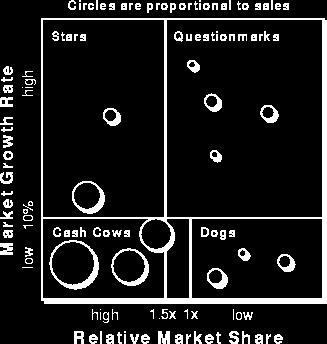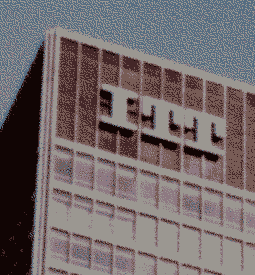1960-1969
1960s:
A decade of high growth fueled by rapidly rising productivity. Social discontent over the Vietnam War. Hippies, long hair and new clothing come, but not in the consulting world. Consulting firms very happy, but capital-constrained. A. D. Little goes public but their stock price languishes so they reverse course (Booz Allen has same experience in 1970s - more similar tomfoolery comes with consultants in 2000 to 2002). Strategic planning comes of age. Portfolio analysis of businesses is hot as many firms diversify and decide which divisions to hold and which to fold.
1962
Harvard Business School begins to enroll women for the first time. There are almost no women or minorities in the starchy consulting world, reflecting attitudes of the business establishment. In the words of Donald R. Booz at the time: "Consulting has become a very WASP-ish field."
1963
Marvin Bower sells his shares back to McKinsey at book value, far below market value. This practice sets a precedent and reinforces ethic of not discussing money. Revenues at the time were less than $10 million. Today they are over $1.2 billion.
1963
Bruce Henderson founds Boston Consulting Group. Uses experience curve, growth-share matrix and some of the smartest graduates from US business schools as his tools. Henderson believed in learning-by-doing and high market share. Was a strategic planner for GE in the 1950s then went to Arthur D. Little. Boston Consulting Group becomes the first pure strategy consultancy.

GROWTH-SHARE MATRIX
1965
Professor Eric Rhenman of the Stockholm School of Economics and several colleagues found SIAR as a research institute for the study of organizational behavior. Members of the institute give path-finding guidance to the Swedish and Finnish companies in developing effective organization for their rapidly growing international businesses. In 1992 SIAR mergers with Bossard, a prominent Paris consultancy and becomes SIAR-Bossard, a leading European consulting firm.
1965
Professor Eric Rhenman of the Stockholm School of Economics and several colleagues found SIAR as a research institute for the study of organizational behavior. Members of the institute give path-finding guidance to the Swedish and Finnish companies in developing effective organization for their rapidly growing international businesses. In 1992 SIAR mergers with Bossard, a prominent Paris consultancy and becomes SIAR-Bossard, a leading European consulting firm.
1966-1969
Motivated partly by ideas about "portfolio management" and risk reduction, many conglomerate business firms are formed, active and thriving. Big names at the time included ITT, Litton, LTV, Teledyne and Textron. Charles Bludhorn, Harold S. Geneen, James Ling, Henry Singleton and Charles "Tex" Thornton are seen as visionary business leaders. By 1969, there are signs of excess. One business professor, active at the time, says he was getting calls to serve on the board of new conglomerates "about once every two weeks."

On Geneen Listing of top Firms in 1968
1969
Index Consulting is founded by Thomas P. Gerrity and Jim Champy. Index group becomes a leading proponent of strategic change, and, later, of business reengineering. Index Group later merges with Computer Sciences Corporation and becomes CSC Index in 1988. Dr. Gerrity later becomes Dean of the Wharton School.
1969
Consulting has become a very popular profession for Harvard MBA students, attracted to jobs which exploit the case-oriented teaching method and analytical skills. Fifty students choose consulting as a career for a median salary of $15,000 per annum. McKinsey gets nearly a third of these hires.